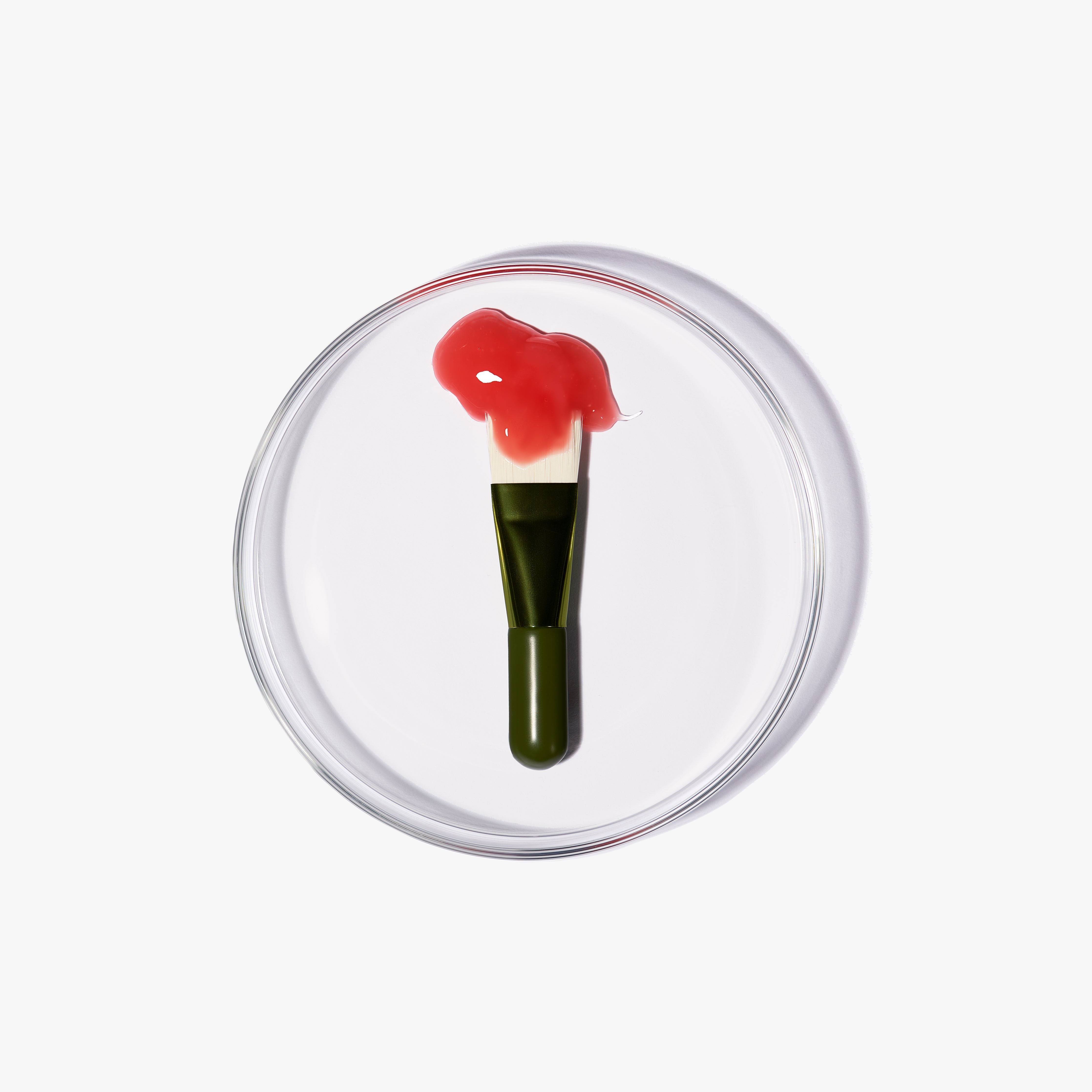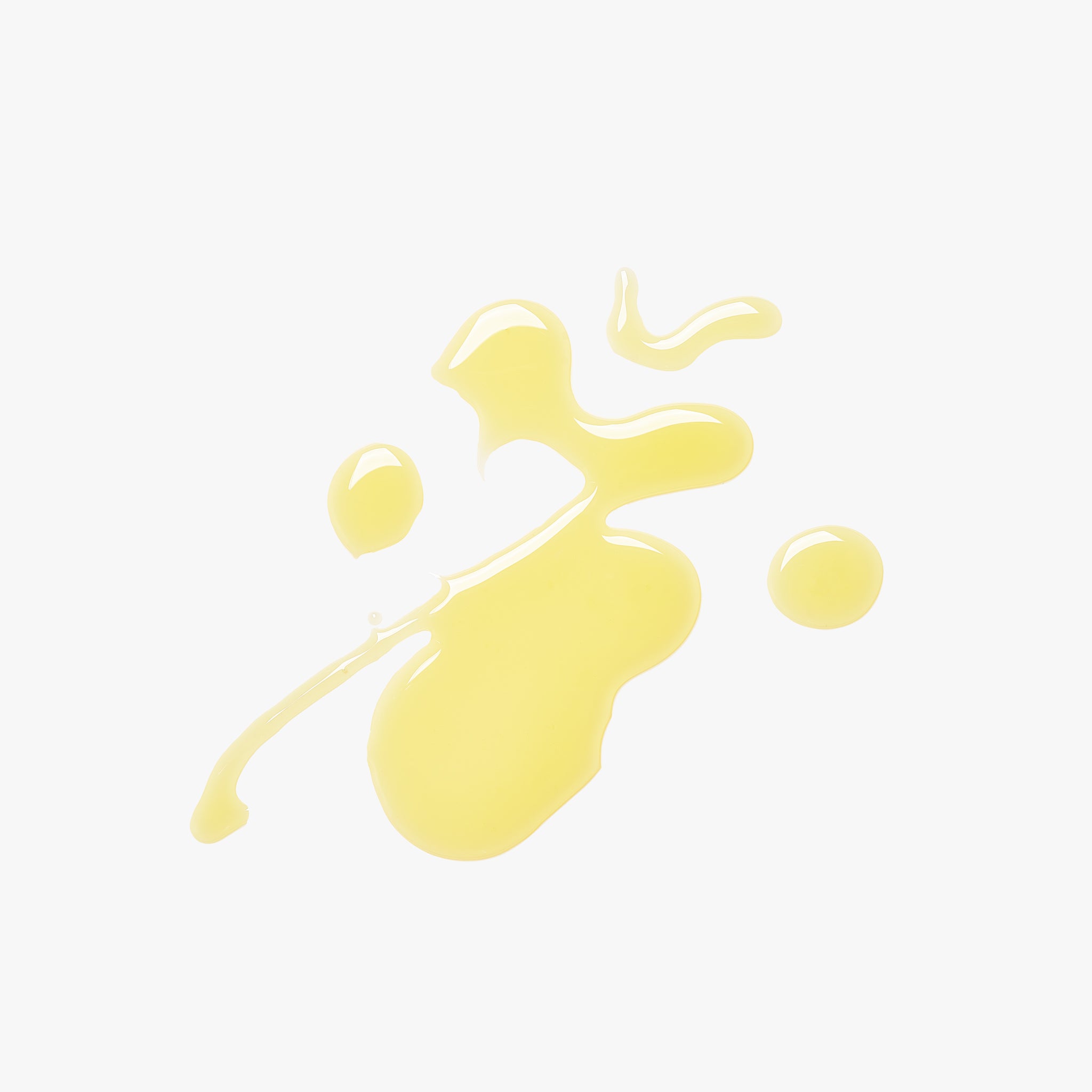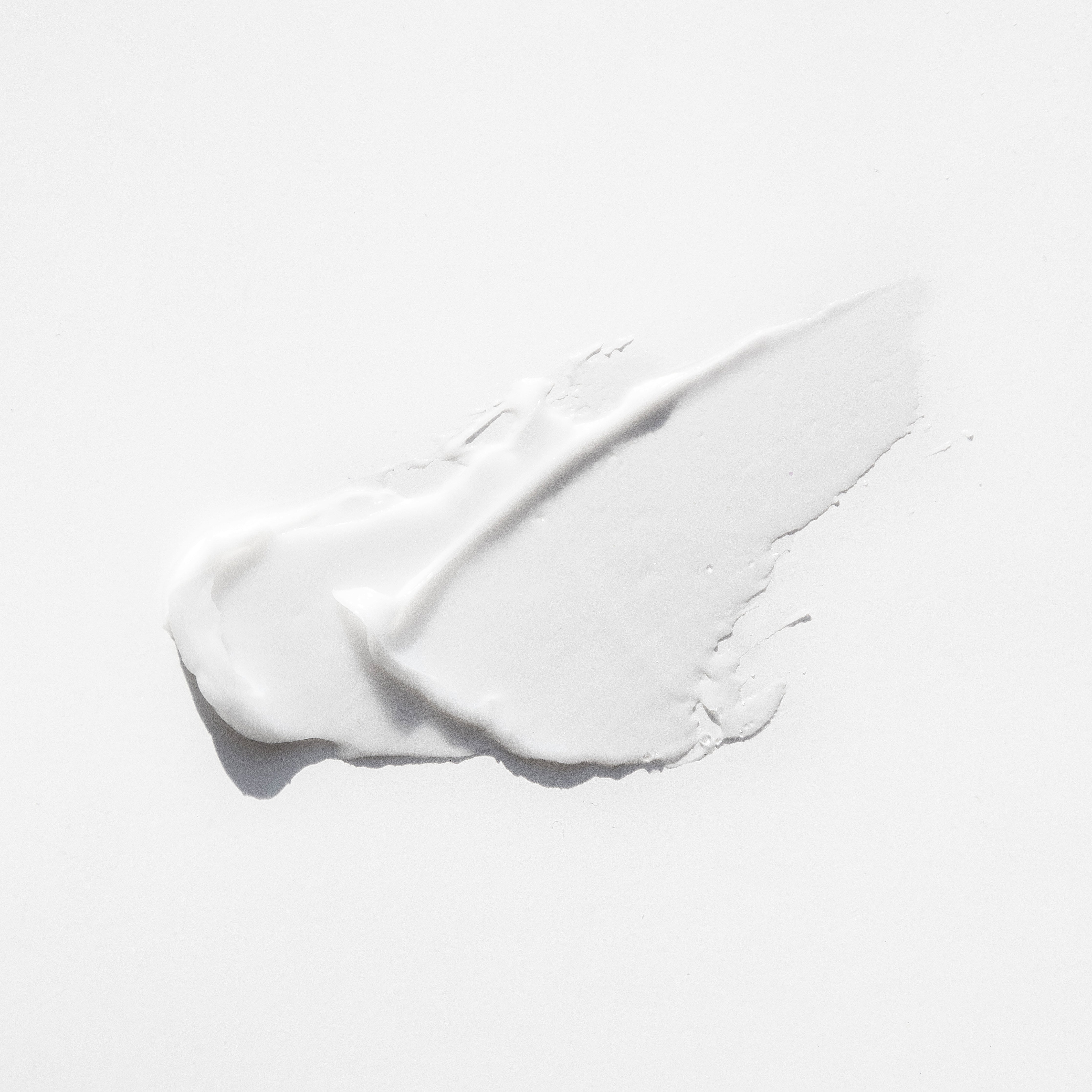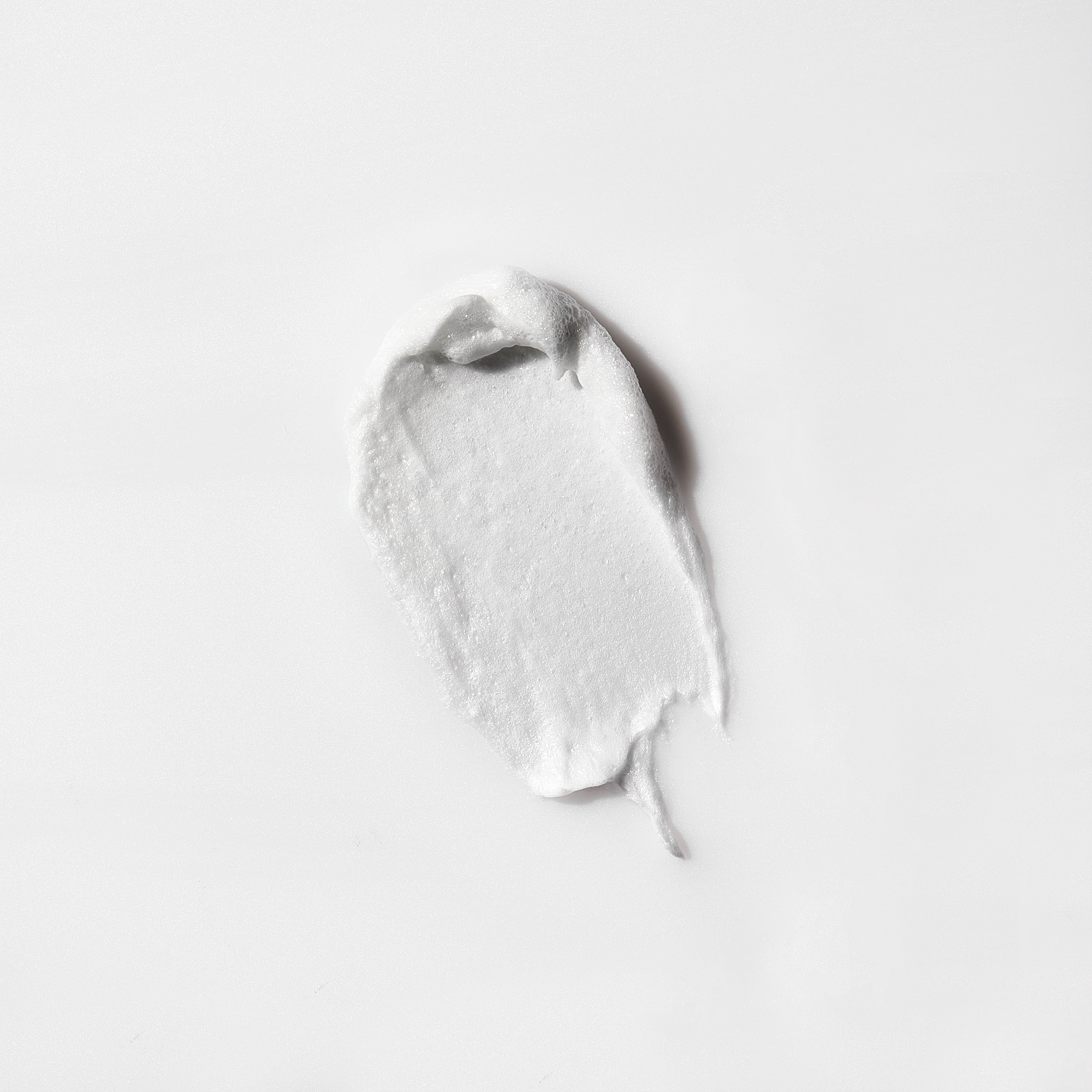Stability testing is not merely a regulatory checkpoint in product development. For a high-performance skincare brand, it is the foundational commitment to quality, efficacy, and the integrity of the sensory experience. Professionals understand that a product's value lies in its consistency. From the first pump to the last, the client expects the same elegant texture, subtle aroma, and visible results. This guarantee is the direct result of meticulous, multi-faceted stability protocols.
This rigorous testing ensures that a formula’s physical and chemical properties remain within specification throughout its entire shelf life. It confirms that the viscosity of a serum, the color of a cream, and the pH of an acid treatment are unchanged. Most importantly, it verifies that the active ingredients remain potent and available to the skin, delivering the benefits promised. In a market saturated with options, this unwavering commitment to proven stability is a key differentiator, separating mass-market items from true luxury skincare.
The Pro's Checklist: Decoding Stability Test Parameters
A comprehensive stability program is built on three pillars. Each one assesses a different aspect of the product's long-term integrity, ensuring it is safe, effective, and aesthetically pleasing for its entire intended lifecycle. As professionals, understanding these parameters allows us to appreciate the science behind the products we trust and recommend.
-
Physical Stability This pillar focuses on the organoleptic properties of a formula—what we can see, feel, and smell. Testers evaluate the product under a range of stressful conditions to simulate years of shelf life in a matter of months.
- Viscosity and Texture: A formula is subjected to multiple freeze/thaw cycles and extended periods in high-heat ovens (e.g., 45-50°C). This accelerated aging quickly reveals if an emulsion will separate, if a gel will lose its structure, or if a cream will become gritty or thin. The goal is to ensure the product maintains its intended texture without phase separation, crystallization, or significant drift in viscosity.
- Color and Odor: Exposure to heat and light can degrade certain natural extracts, botanicals, and fragrance components, leading to discoloration or an "off" smell. Samples are monitored against a control standard to ensure the aesthetic profile remains pristine.
-
Chemical Stability This pillar ensures the chemical integrity of the formula, guaranteeing both its efficacy and its safety.
- pH Drift: The pH of a formula is critical, especially for products containing pH-dependent actives like Glycolic Acid or 3-O-Ethyl Ascorbic Acid. A significant shift in pH can not only render these ingredients ineffective but can also increase the potential for skin irritation. Stability testing confirms the pH remains within its specified, narrow range (e.g., pH 3.5-4.0 for an AHA exfoliant).
- Active Ingredient Concentration: Using methods like High-Performance Liquid Chromatography (HPLC), formulators measure the concentration of key active ingredients over time. This confirms that a peptide, antioxidant, or ferment lysate is not degrading and will be present at its effective level until the product's expiration date.
-
Microbiological Stability Perhaps the most critical for safety, this testing ensures a product can resist microbial contamination during normal use.
- Preservative Efficacy Testing (PET): Often called a "challenge test," this is where the formula is intentionally inoculated with a cocktail of bacteria, yeast, and mold. The preservative system—whether it relies on traditional preservatives or hurdles like Leuconostoc/Radish Root Ferment Filtrate—must demonstrate its ability to neutralize these microbes within a specified timeframe. Passing PET is non-negotiable proof that the product will remain safe from contamination introduced by fingers, spatulas, and bathroom air.
Pro Notes: For estheticians, understanding these parameters is crucial. When a client asks why a professional product costs more, you can confidently explain the rigorous testing that guarantees its safety and consistent performance—a standard often absent in less sophisticated formulations.
Navigating Advanced Stability Scenarios
While the three pillars form the basis of all stability programs, sophisticated formulas present unique challenges that require a more advanced approach. This is particularly true for products rich in actives, naturals, and bio-fermented ingredients.
Ferments, Naturals, and Bio-Actives
Formulas built around working with the complex science of bioferments and raw, carefully sourced natural ingredients demand a higher level of scrutiny. Ingredients like Lactobacillus Ferment Lysate or plant extracts contain a complex matrix of compounds. This complexity can sometimes provide nutrients for microbial growth, making a robust and well-tested preservative system essential. Furthermore, the inherent variability of natural ingredients from batch to batch requires formulators to conduct stability testing on every new production run, not just on the initial lab sample.
Photostability Testing
Many powerful active ingredients are sensitive to light. Retinoids, certain antioxidants like Astaxanthin, and some botanical oils can degrade when exposed to UV radiation. Photostability testing involves exposing the formula to controlled doses of UV light to measure any degradation of actives or changes in color. This data directly informs packaging decisions, confirming whether a formula is safe in clear glass or requires an opaque or UV-coated container to protect its integrity.
Package Compatibility
A formula that is perfectly stable in a glass lab beaker may fail in its final packaging. Compatibility testing is the crucial step of placing the final formula into the final container—bottle, tube, airless pump, or jar—and running the full stability protocol. This ensures:
- The formula does not react with the plastic, lining, or metal components.
- Ingredients do not "leach" into the container walls or, conversely, that components from the packaging do not leach into the product.
- The product does not cause the packaging to warp, crack, or discolor.
- The dispenser (pump or dropper) does not clog as the formula ages.
Common Stability Pitfalls (And How to Avoid Them)
Even with established protocols, formulators can encounter pitfalls. Recognizing these common mistakes underscores the difference between baseline compliance and a true commitment to excellence.
Pitfall 1: Relying Solely on Accelerated Testing
- The Mistake: Using only accelerated testing (e.g., 3 months at 45°C) to determine a product's shelf life and immediately going to market.
- The Reality: Accelerated testing is a powerful predictive tool, but it is not a guarantee. High heat can induce chemical reactions that would never occur at room temperature. The gold standard is to run real-time (RT) stability tests in parallel. A product's true shelf life (e.g., 24 or 36 months) is only officially confirmed when the RT samples pass testing for that duration.
Pitfall 2: Neglecting Final Package Testing
- The Mistake: Approving a formula based on tests done in generic lab containers, assuming it will behave identically in the final, decorated component.
- The Reality: As noted, the interaction between a formula and its specific packaging is a critical variable. A high-acid serum could corrode a metal pump spring, or an oil-based product could cause certain types of plastic to swell. Testing the complete, final product-package combination is the only way to ensure long-term compatibility.
Pitfall 3: Assuming "Natural" Formulas Are Simpler to Stabilize
- The Mistake: Believing that formulas free from synthetic preservatives are inherently safer or easier to preserve.
- The Reality: Formulating without broad-spectrum preservatives like parabens or phenoxyethanol requires a highly sophisticated and complex approach. Chemists must create a multi-pronged "hurdle" system using alternative ingredients (Caprylyl Glycol), chelators (Sodium Gluconate), and pH adjustments to create an environment inhospitable to microbes. These systems require more rigorous challenge testing to prove their efficacy against a wide range of microorganisms.
The Nuebiome Standard: Stability for Uncompromised Performance
At Nuebiome, our formulation process is guided by our bio-positive philosophy, where advanced science amplifies the power of nature. Stability testing is the final, critical step that honors this principle. It is our guarantee that the potency, safety, and luxurious experience of our formulas are never compromised.
Every product we create undergoes this exhaustive protocol. Consider the Amaretto and Biotic Hand Remedy. This is a complex oil-in-water emulsion designed to feel lightweight and absorb instantly. Our stability testing ensures its sophisticated texture remains silky and non-greasy, and that its blend of humectants (Glycerin, Saccharide Isomerate), emollients (Squalane, Shea Butter), and biotic ingredients like Lactobacillus Ferment Lysate Filtrate remains homogeneous and effective.

This same standard applies to our complete regimens. The Ultimate Microbiome Anti-Aging Routine is a curated system where products are designed to work in synergy. Our testing goes beyond individual product stability. We also assess compatibility, ensuring that layering the products does not lead to pilling, irritation, or reduced efficacy. We confirm that the pH of the Biome Balancing Creamy Cleanser properly prepares the skin for The Biotic Glow™ Ferment Essence, and that the anhydrous Plum Botanical Serum layers beautifully over the Biotic Radiance-Boosting Hydrator without disrupting its finish. From the gentle exfoliation of the (Glyco-Biotic)™ Ultra-Synbiotic Face Mask to the targeted overnight renewal of the Empris-Peony™ Biotic Resurfacing Night Serum, each step is validated to perform flawlessly on its own and as part of the whole.

For professionals, this commitment to stability means you can recommend Nuebiome with absolute confidence. It is the invisible science that ensures the visible results and luxurious experience your clients deserve.











